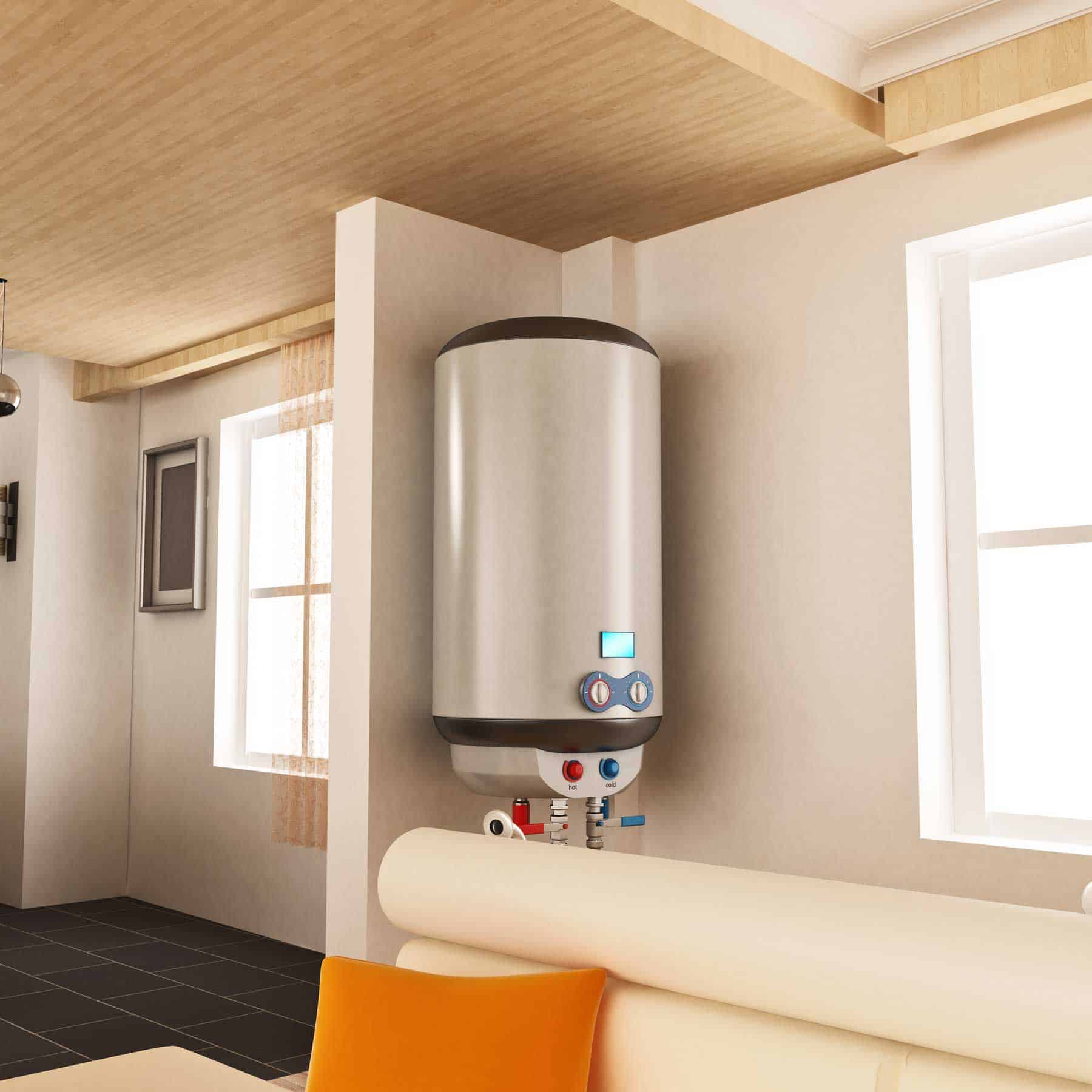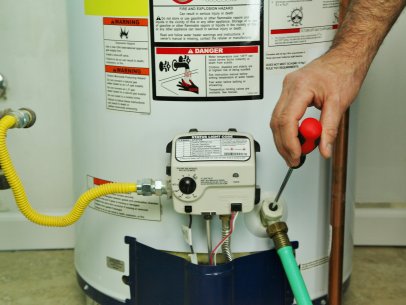Right here further down you can find a lot of first-rate resources on the subject of Water Heater Maintenance Tips You Can't Afford to Forget.

Hot water is crucial for day-to-day comfort, whether it's for a revitalizing shower or washing recipes. To ensure your hot water system runs successfully and lasts longer, normal maintenance is vital. This article supplies practical ideas and insights on exactly how to keep your home's warm water system to prevent disturbances and costly fixings.
Introduction
Preserving your home's warm water system might appear complicated, but with a few straightforward steps, you can ensure it runs smoothly for several years to come. This guide covers every little thing from understanding your hot water system to do it yourself upkeep tips and understanding when to call professional help.
Value of Keeping Your Warm Water System
Regular upkeep not only extends the life expectancy of your warm water system yet additionally ensures it operates effectively. Overlooking maintenance can cause lowered performance, higher energy costs, and also early failing of the system.
Signs Your Hot Water System Needs Maintenance
Knowing when your warm water system requires focus can prevent major issues. Look out for signs such as inconsistent water temperature, unusual noises from the heater, or rusty water.
Understanding Your Hot Water System
Before diving right into upkeep jobs, it's practical to recognize the standard elements of your warm water system. Normally, this includes the water heater itself, pipelines, anode poles, and temperature level controls.
Regular Monthly Maintenance Tasks
Routine monthly checks can aid capture minor problems before they escalate.
Purging the Hot Water Heater
Purging your hot water heater gets rid of debris accumulation, enhancing efficiency and prolonging its life.
Monitoring and Changing Anode Rods
Anode rods protect against deterioration inside the storage tank. Examining and replacing them when broken is critical.
Examining and Changing Temperature Settings
Adjusting the temperature setups ensures ideal performance and safety.
Do It Yourself Tips for Upkeep
You can carry out several upkeep jobs on your own to keep your hot water system in leading problem.
Checking for Leakages
Consistently inspect pipelines and connections for leakages, as these can bring about water damage and higher bills.
Testing Pressure Alleviation Valves
Evaluating the pressure safety valve guarantees it operates properly and avoids extreme pressure build-up.
Protecting Pipes
Shielding hot water pipelines lowers warmth loss and can save energy.
When to Call a Professional
While do it yourself maintenance is useful, some issues need specialist expertise.
Complicated Issues Calling For Expert Help
Instances consist of major leaks, electric problems, or if your hot water heater is consistently underperforming.
Regular Professional Upkeep Advantages
Specialist maintenance can consist of comprehensive examinations, tune-ups, and guaranteeing conformity with security criteria.
Conclusion
Routine upkeep of your home's hot water system is necessary for efficiency, long life, and cost savings. By adhering to these tips and understanding when to look for professional assistance, you can ensure a trusted supply of hot water without unforeseen interruptions.
How to Maintain an Instant Hot Water Heater
Before tinkering with your hot water heater, make sure that it’s not powered on. You also have to turn off the main circuit breaker and shut off the main gas line to prevent accidents. Also turn off the water valves connected to your unit to prevent water from flowing into and out of the appliance. 2. When you’re done, you have to detach the purge valves’ caps. These look like the letter “T” and are situated on either side of the water valves. Doing so will release any pressure that has accumulated inside the valves while at the same time avoid hot water from shooting out and burning your skin. 3. When the purge valves’ caps are removed, you have to connect your hosing lines to the valves. Your unit should have come with three hoses but if it didn’t, you can purchase these things from any hardware or home repair shops. You can also get them from retail stores that sell water heating systems. Read the user’s manual and follow it to complete this task properly. When the hosing lines are connected, open the purge port’s valves. 4. You should never use harsh chemical cleaners or solutions when cleaning your unit. Make use of white vinegar instead. It should be undiluted and you’ll probably use about 2 gallons. 5. Now flush your water heater. This task should probably take about 40 minutes. We can’t give you specific directions for this because the procedure is carried out depending on the type, model and brand of your heater. With that being said, refer to the user’s manual. 6. When you’re done draining the unit, you have to turn off the purge port valves again. Remove the hosing lines that you earlier installed on each of the water valves. Put the valve caps (purge port) back in their respective places and be very careful so as not to damage the rubber discs that are found inside these caps. 7. Now that everything’s back in place, check your user’s manual again to find out how to reactivate your water heating system. 8. Once it is working, turn one of your hot water faucets on just to let air pass through the heater’s water supply pipes. Leave the tap on until water flows smoothly out of it. https://www.orrplumbing.com/blog/2014/september/how-to-maintain-an-instant-hot-water-heater/

We had been shown that article about How to Maintain a Hot Water Heater in a Few Simple Steps from a good friend on a different web blog. Please take a moment to distribute this article if you liked it. I am grateful for being here. Revisit us soon.
Click Here